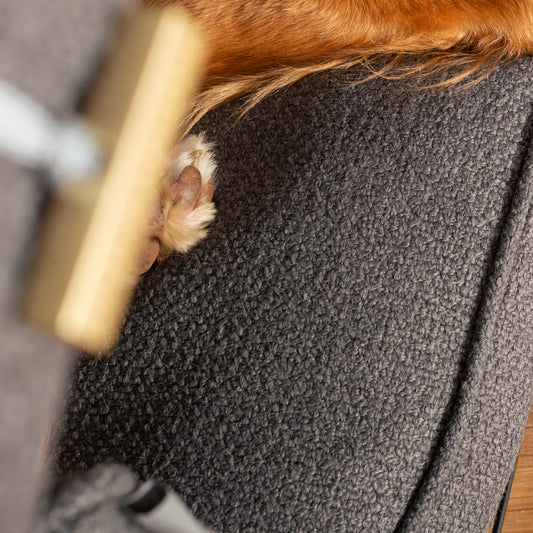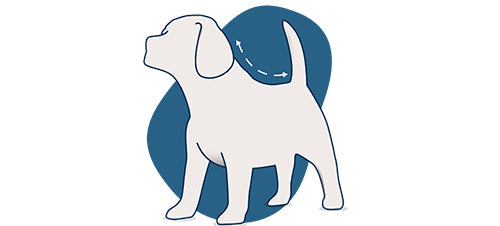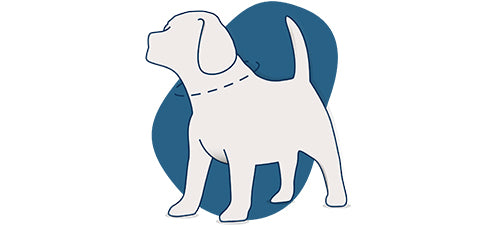Adopting a new furry family member can be most stressful. We thought we’d continue on the subject with a few things to coincide in the run up to bringing home your new pup. Here’s How To Prepare For Your New Puppy…
1. Puppy Proof Your House
Start with which room/s your new puppy will be allowed in, which furniture you don’t want them to go near in case of chewing and perhaps invest in a gate or puppy pen so they are confined to a specific space for the first few weeks. Remember to introduce your little one to new areas of the house slowly, and not all at once.
2. Make Sure The Family Know The Rules For The New Puppy
Everyone should be on the same page before your puppy arrives. All family members should know which puppy chores they are assigned to and know where puppy is allowed to go and what puppy is allowed to do. Rules should make settling the new arrival much more simple.
3. Have All Your Puppy’s Things Ready
Take a look at our Puppy Essentials section for a range of must-have items to make day-to-day living with your pup a breeze. From the perfect bed to some interactive toys to aid his development, it’s important to have everything ready for every area of your pup’s day-to-day life. You should already know if you are going to crate train; make sure you have the correct size for your pup’s breed and all the accessories you might need to go with it. Know what dog food you will feed and have some ready for bringing him home. Your breeder may already have made suggestions; if you wish to change their diet you need to do so slowly, mixing their current food with a new food steadily over a week or two.
4. Have All Their Papers
This will be simple if your puppy is coming from a breeder, but maybe not be so simple if your new arrival is a rescue. You should aim to have as much veterinary history as possible so you know what vaccinations may be due and when flea treatment might be needed, as well as any other medical history that may be important.
5. Choose A Vet
Choose a local vet so that you can get your pup booked in for his annual health-check. Have his first check-up not long after bringing him home so he can meet his new Vet; and make sure he is microchipped (if already microchipped make sure you change the registration into your name).
6. Don’t Overwhelm Them
Lots of love is important, but so is some space. Your new pup will likely be nervous of his new surroundings and should be given some alone time as well as some socialisation so he can settle down in his own time. Make children aware that pup does like a little gentle stroking, but not all the time.
7. Take Note Of Their Habits (Especially The Bad Ones!!)
It may become apparent in a few days if your pup tends to do any one naughty thing in particular. You can then reprimand them for said naughty thing and it will allow you to keep them away from temptation in the future. This is especially useful when you have to leave them on their own; don’t leave them anywhere they may get in to mischief! Perhaps invest in some Get Off Spray which will help deter them from areas or objects they shouldn’t touch.
8. Pet Insurance
Whether you have a pedigree dog or cross-breed, you should seriously consider pet insurance. It will help with any future vet bills in the case of serious health issues. Shop around to see what insurances are available, what they cover and what the claims process involves. If necessary, you could have a chat with your vet about it before you make a decision.
9. Enjoy Getting To Know Your New Furry Friend
This may sound obvious, but adopting a new four-legged family member, as serious as it is, should be fun. Make the most of the first few weeks and every week after; like children, they soon grow up! Don’t bog yourself down worrying about doing the right thing all the time. Many things just need a little common sense, and if it’s your first pet, just remember you’re not alone! We’ve all been a first time pet owner. There’s loads of information out there, so take everything in your stride and enjoy!
If you do have any questions, we have a whole blog full of interesting articles that may have just the information you’re looking for. If you’d like to chat to us about anything in this blog, or something more general, do give us a call or pop up on LiveChat. We’re always pleased to help in any way we can.


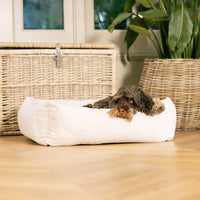

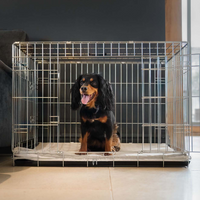
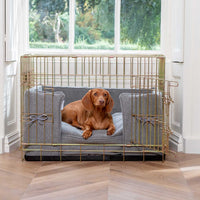
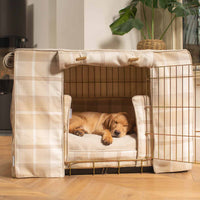

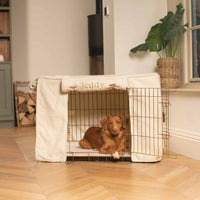
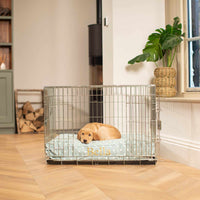
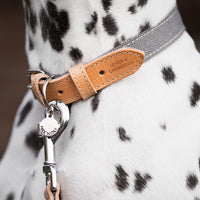
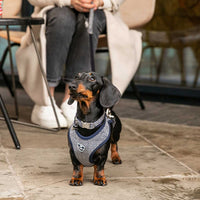
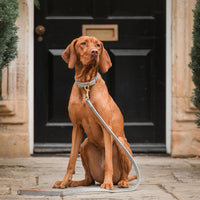
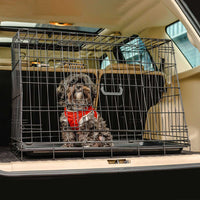
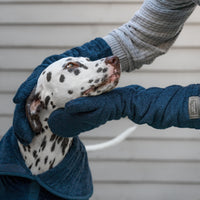
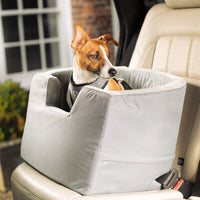
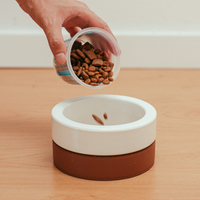
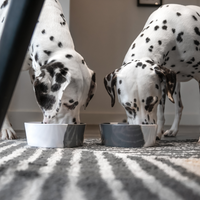
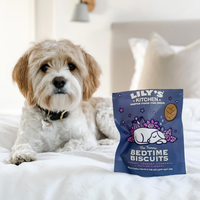
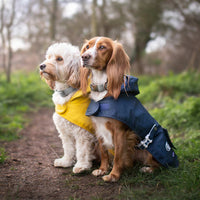

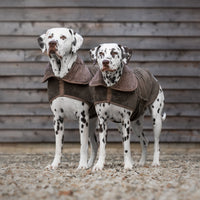
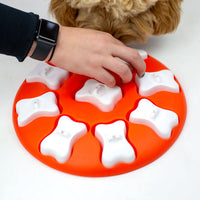
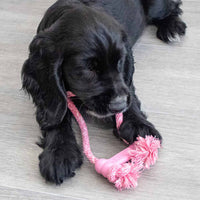
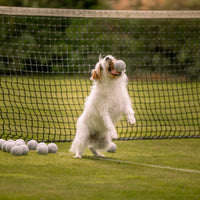
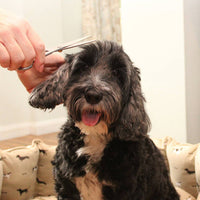
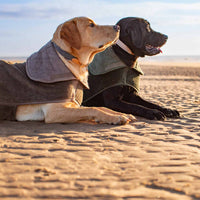
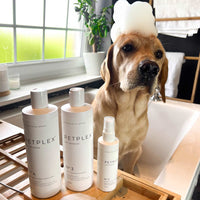
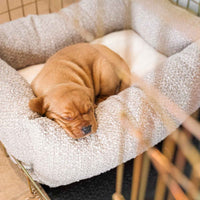
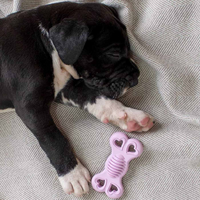
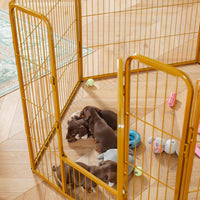



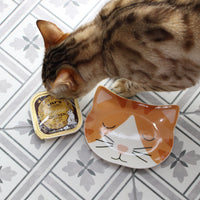
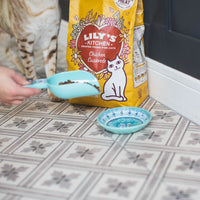
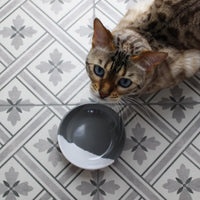
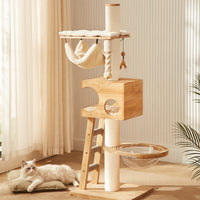
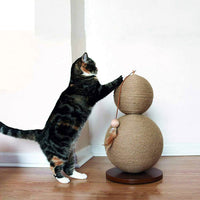
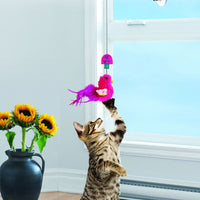
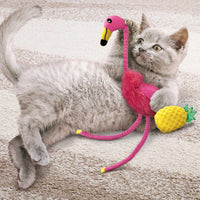

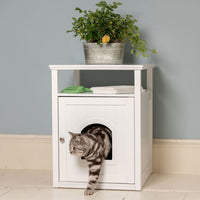
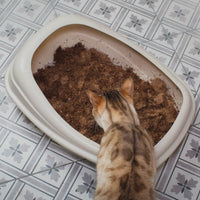
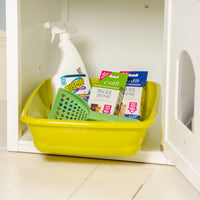
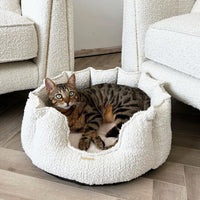
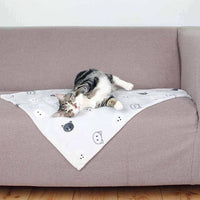
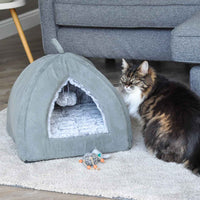


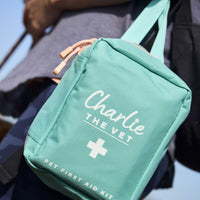
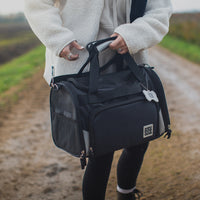

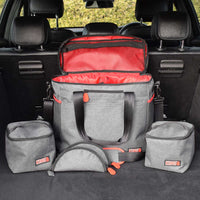

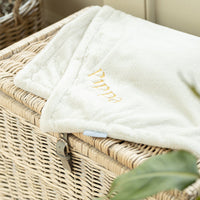
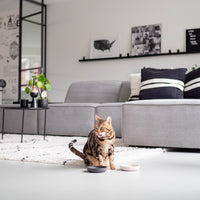
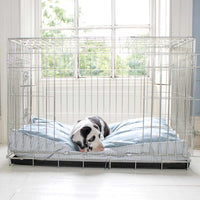
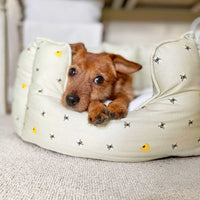
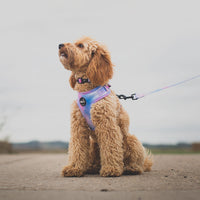
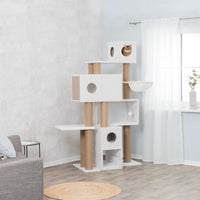





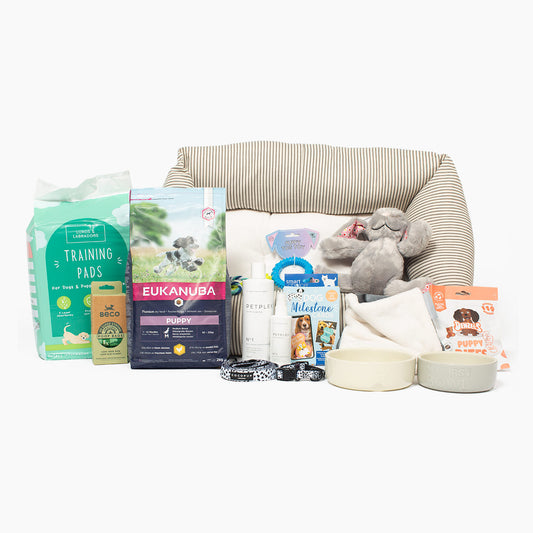





.jpg?v=1723712924433&options=)




























